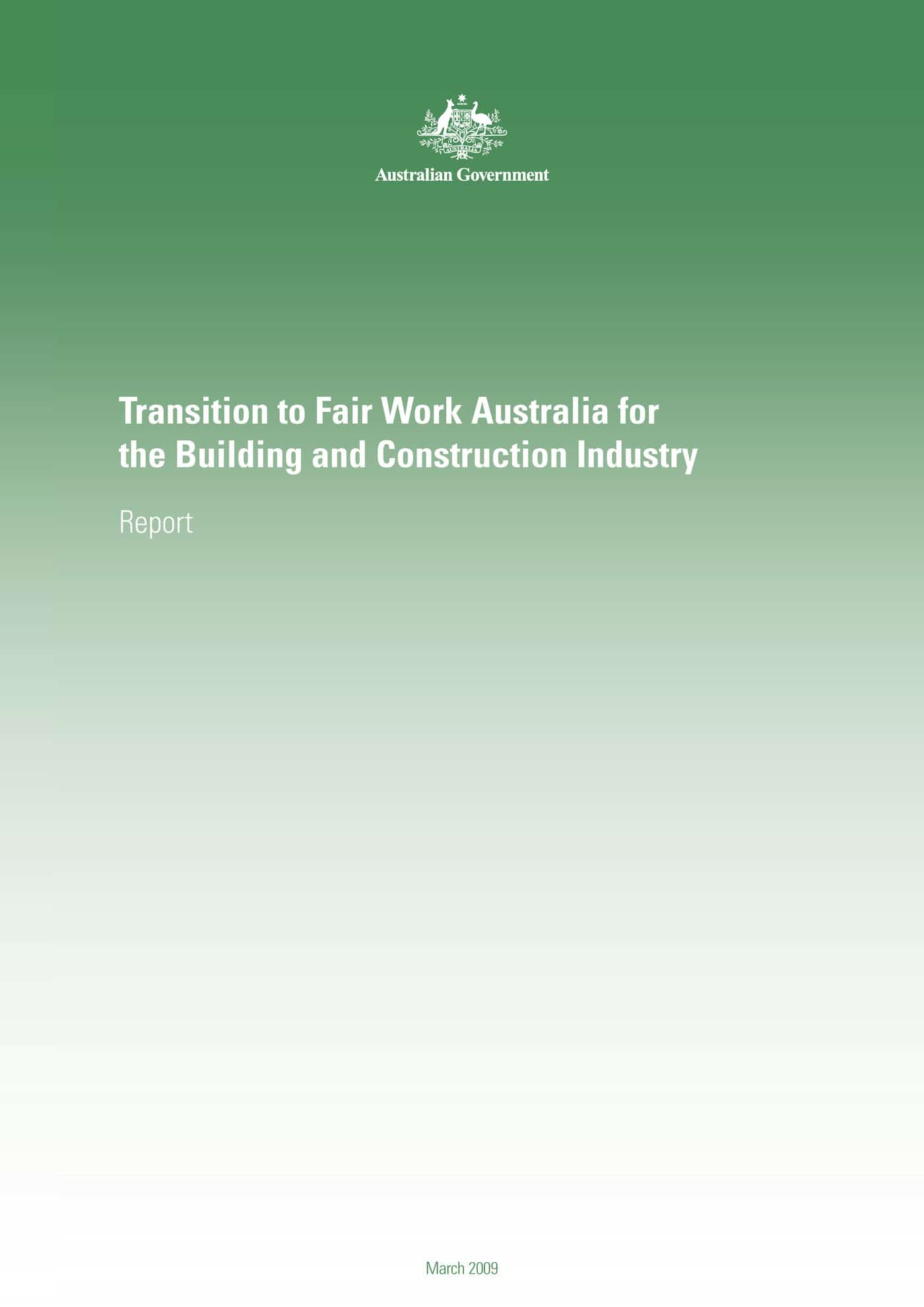The Australian Council of Trade Unions has updated its campaign over nanotechnology concerns. Geoff Fary, Assistant Secretary, said in a media statement
“With animal tests showing some nanomaterials share the same characteristics and reactions as asbestos fibres, governments and business must not repeat the painful lessons of the past and allow another tragedy to occur again.
“Existing laws and regulations were not designed with the unique properties of nanoscale materials in mind. A recent report from the NSW Parliament recommended this be addressed and we believe it should be done nationally too.
“Until we know more about nano materials, we should regulate as if it is dangerous to human health. It is the only safe option.
“Workers in manufacturing, retail, health, laboratories, textiles, and outdoor workers are potentially exposed to nanomaterials, and the list will grow as the industry grows.”
These comments are reminiscent of the Luddites of the Industrial Revolution however the Luddites had not experienced pernicious widespread hazards such as asbestos. The modern society and workplace has benefited from a better understanding of occupational hazards and the union campaign deserves an audience.
The union concerns are outlined in a factsheet available through this link actufactsheet0904-nanotech
An interview that SafetyAtWorkBlog conducted with the ACTU OHS Officer, Steve Mullins, is available HERE. A podcast with an award-winning nanotechnology researcher is available HERE

 It should be stated here that SafetyAtWorkBlog does not support the ABCC. The Commission is a travesty and a political construct of the conservative side of politics. That the Rudd Labor government has allowed the Commission to persist is atrocious. However, the ABCC was established because of the perception that the Australian building and construction industry was corrupt, regardless of the absence of evidence through the Cole Royal Commission. Has the construction unions addressed this perception? No.
It should be stated here that SafetyAtWorkBlog does not support the ABCC. The Commission is a travesty and a political construct of the conservative side of politics. That the Rudd Labor government has allowed the Commission to persist is atrocious. However, the ABCC was established because of the perception that the Australian building and construction industry was corrupt, regardless of the absence of evidence through the Cole Royal Commission. Has the construction unions addressed this perception? No.